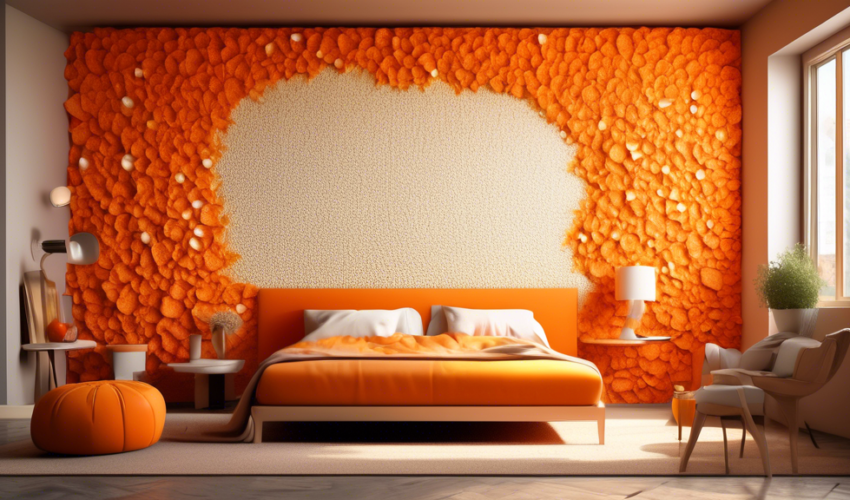Drywall is a ubiquitous material in the construction of walls and ceilings for homes and buildings. One of the final steps in the drywall process is the application of texture. Texturing drywall can add character, hide imperfections, and complement the overall design of a living space. There are several types of drywall textures, each with its unique application technique and aesthetic appeal. This article explores some of the most popular drywall textures to help you choose the best option for your next home renovation project.
1. Knockdown Texture
Knockdown texture is a popular choice for walls and ceilings. The process involves spraying a watered-down joint compound onto the drywall and then knocking it down with a large knife or trowel, creating a mottled texture. The result is a stucco-like appearance that adds depth and character to the room. Knockdown texture can range from fine to coarse, depending on the amount of compound used and the size of the trowel strokes.
2. Orange Peel Texture
Named for its resemblance to the skin of an orange, this texture is applied by spraying a thin layer of drywall mud in a splatter pattern. Once it dries, it leaves a slightly bumpy surface that’s subtle yet visually interesting. The orange peel texture is versatile and works well in both modern and traditional settings. It’s also easier to paint over than some of the more heavily textured options.
3. Popcorn Texture
Popcorn texture, also known as acoustic texture, is most commonly used on ceilings. It consists of a mixture of drywall mud and polystyrene or Styrofoam beads, which is sprayed onto the surface to create a heavy, cottage cheese-like effect. Besides its aesthetic appeal, popcorn texture has the added benefit of sound dampening, making it a popular choice for busy or noisy areas. However, it can be challenging to clean and repair.
4. Skip Trowel Texture
Skip trowel texture is a hand-applied technique that involves spreading a thin layer of drywall compound with a curved knife or trowel in a random, arching pattern. This method produces a surface with a Mediterranean flair, featuring small circles and a varied texture that’s both tactile and visually pleasing. Skip trowel can be customized to be as smooth or as textured as desired, making it a versatile option for any room.
5. Swirl Texture
Swirl texture adds a sophisticated and artistic look to ceilings and walls. The technique involves applying a thin coat of mud and then using a brush or trowel to create swirling patterns. These can be tight or loose swirls, done in small sections or across an entire surface. Swirl texture is highly customizable, allowing for various effects, from subtle to dramatic. It requires a skilled hand to execute, making it one of the more challenging textures to perfect.
6. Sand Texture
Sand texture involves adding fine sand to the drywall compound and then applying it to the wall or ceiling with a hand trowel or spray gun. The result is a fine, gritty texture that adds a unique tactile dimension to a room. Sand texture can be subtle or pronounced, depending on the amount of sand used and the application technique. It is a great choice for adding visual interest without overwhelming the space.
Choosing the Right Drywall Texture
Choosing the right drywall texture depends on several factors, including personal taste, the desired aesthetic of the space, and practical considerations such as maintenance and repair. Some textures, like orange peel, are easier to paint and repair, while others, like popcorn, offer sound-dampening benefits. It’s also important to consider the skill level required for application, as some textures may require professional expertise to achieve the desired effect.
In conclusion, the variety of drywall textures offers a wide range of possibilities for personalizing and enhancing the aesthetics of any space. Whether you’re renovating a room or building a new home, understanding the different types of drywall textures can help you make an informed decision that suits your style and needs.

